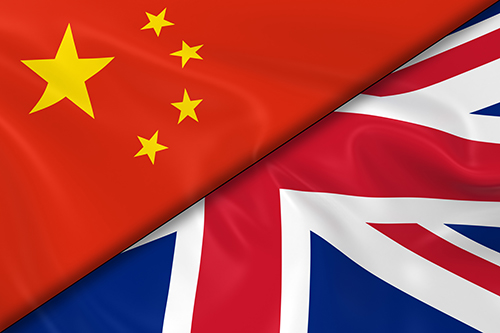Are government interventions in housing market effective - evidence from China
In 2010, a housing purchase restriction policy was announced by China’s central government and implemented gradually by several prefecture governments. This paper investigates the policy’s effect on the housing market.
Real estate is a huge industry in China.
Although house prices experienced a slight decline during the global financial crisis, the growth rate averaged approximately 10% per annum over the years that followed, and the trading volume remained high during the period from 2009 to 2010 while housing markets in other developed countries cooled.
Some Chinese cities experienced a dramatic surge in housing prices. Real estate prices in Shanghai, for example, increased by over 150% between 2003 and 2010. Meanwhile, the average national vacancy rate climbed to 22.4%, implying the existence of speculation in the Chinese housing market.
Factors such as these sparked high-level concern that a housing bubble might exist in China, with high price-to-income ratio indicating an underlying risk of social welfare loss as housing became increasingly unaffordable in places such as Beijing and Shanghai.
Mindful that skyrocketing housing prices could stimulate discontent among its citizens, and given looming social welfare losses, the Chinese government moved to implement restrictive measures on the purchase of real estate with the aim of effectively cooling down the real estate market. The housing purchase restriction policy was announced by the central government in April 2010, and was subsequently implemented by 46 local governments.
The paper Impact of government intervention in the housing market: evidence from the housing purchase restriction policy in China offers a comprehensive empirical analysis of this policy in China, providing new evidence for the effects of government intervention in the housing market.
The research considers the policy’s effect on the demand for and supply of housing and related upstream and downstream industries by employing data from 97 cities for the period from January 2010 to December 2014.
Using a difference-in-difference framework, the research evaluates the impact of the housing purchase restriction policy on housing prices, the housing transaction market, housing investment, the construction market, and related upstream and downstream industries.
A significant decrease in housing prices is found due to the housing purchase restriction policy. The number of transactions, transacted floor and sales, which reflect the level of activity in the housing market, decline approximately 4 percent to 12 percent after policy implementation.
However, housing investment and construction markets are not influenced.
Moreover, upstream industry suffers more than downstream industry. Heterogeneity exists across cities. The study finds that first- and second-tier cities as well as highly urbanised cities experienced great declines in housing prices after the policy’s implementation. This was especially the case for cities that had high housing prices in 2010, and cities with high real estate investment as a proportion of fixed asset investment. However, the housing policy is less effective in curbing speculative demand.
These findings that the housing purchase restriction policy significantly decreases both housing prices and housing transactions in China may have broader implications for policy-making in other countries, especially in developing countries that experience similarly skyrocketing housing prices.
The accepted version of the paper is available for download at the link below. The research was published by Taylor & Francis in Applied Economics.




